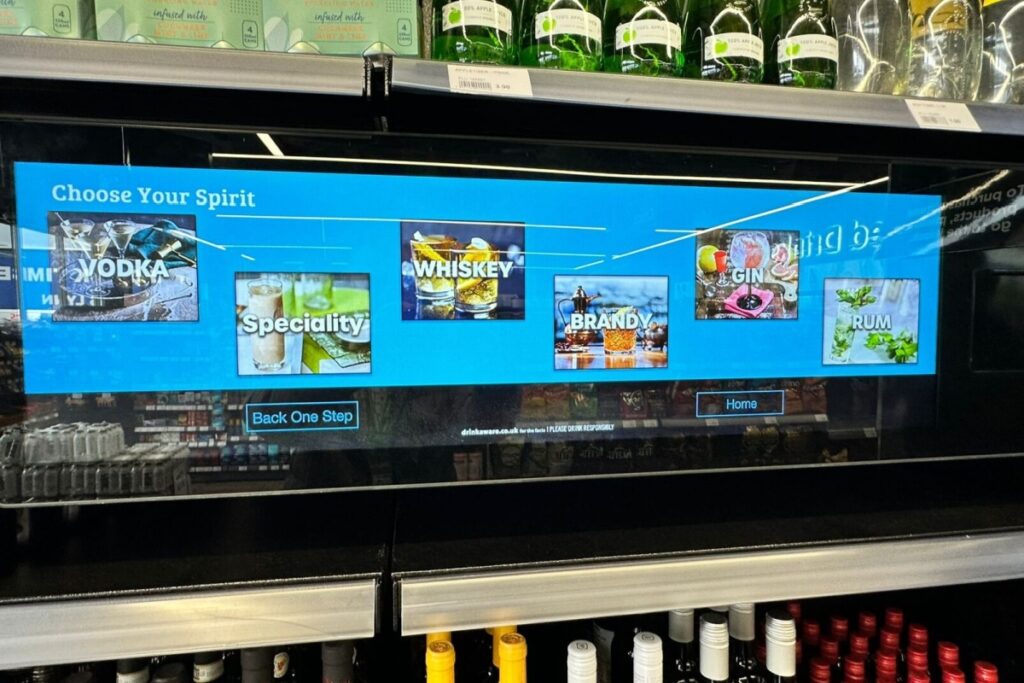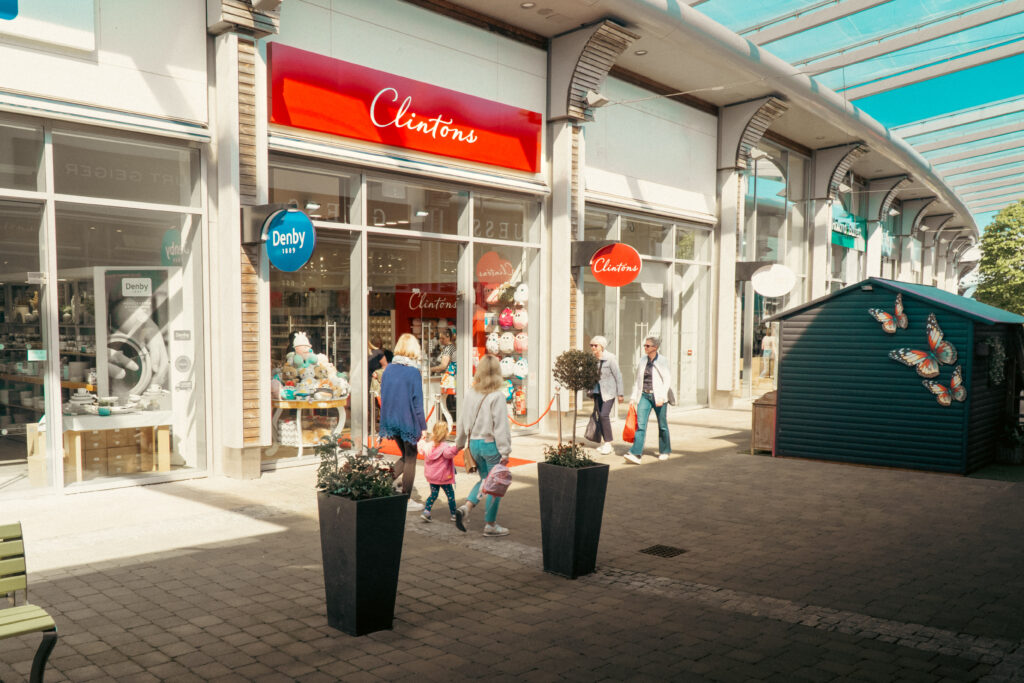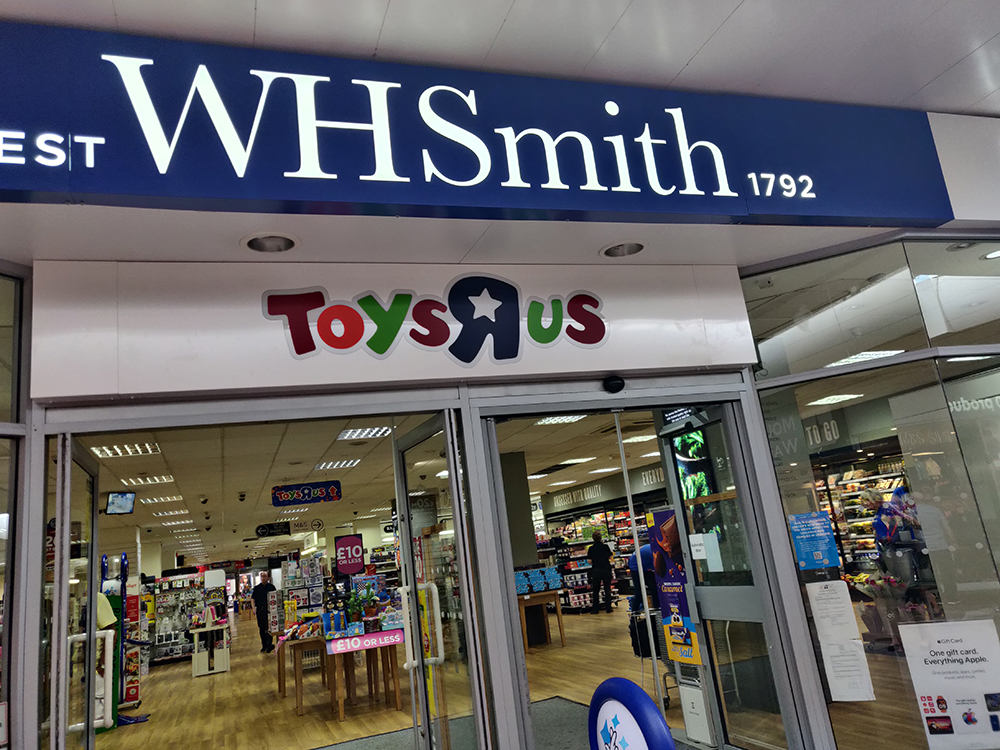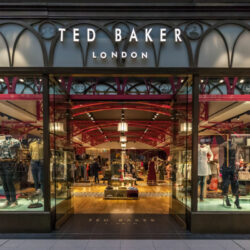Christmas may have only just passed, but retailers are already considering their services for the coming year, as new technologies look to improve on retail success.
While we reluctantly look towards the distant vision of Christmas 2015, a recent survey conducted by The Logic Group revealed that ‘Tap and Pay‘ services will dominate the retail world, as 74% of British shoppers voted the service as their preferred form of payment.
The Logic Group, which specialises in retail payments, loyalty and insight, has predicted the unsurprising rise of both ‘Tap and Pay‘ and ‘Click and Collect‘ services which proved extremely successful for numerous retailers over Christmas, as 42.95m using both services to complete their Christmas haul.
Pledging to use new technologies that will enrich their shopping experience, consumers have selected security (51%), ease of use (38%), and overall convenience as the most vital features of payment technology. The contactless payment limit looks to rise from £20 to £30 during 2015, which will only further encourage the use of the service.
These results provide evidence that trust remains a major concern when considering alternate methods of payment, however, as over half of consumers within the survey placed security as the most important factor. Two thirds of consumers claimed they were most concerned about their details being stolen as a result of using new payment technologies.
The multiple opportunities that omnichannel services provide are undoubtedly a key focus of Christmas 2015 and a large indication of the success future technology holds. Since more than 42.95 m British consumers took advantage of multiple channels to buy their gifts and groceries last year, shoppers‘ desire to choose between delivery services and payment options, and the convenience this provides, is evident.
The survey also revealed that when browsing for deals in-store, Brits valued the option to pick-up and view items in the flesh, allowing for a more pleasant shopping experience (41%), yet the option to shop quickly (40%), and compare deals online, increased online shopping‘s popularity (42%).
Demographically, research figures revealed that consumers between the age of 35 and 44 conducted most of their online shopping via a tablet, smartphone or smart TV, while laptops and PCs continued to dominate the 45 plus age group. The increasing presence of social media within retail remains in the lower age demographic, however, due to greater connectivity of the digital era.
Despite this, 7 in 10 people still shopped online, seeing women as the savviest online shoppers (57%) compared to 43% of male consumers. Loyalty remains very important for all Britons, however, as nearly three-quarters (74 %) of consumers said they didn‘t complete any Christmas shopping with a retailer they had never used before.
Mapping the appetite and impact of new payment technologies as retailers embrace innovation, the new year will prove crucial to truly utilise omnichannel opportunities. Offering a secure payment system and thus enhancing customer‘s confidence and profitability for a brand, retailer‘s who have already introduced these systems are currently a cut above the rest.
Director of Business and Market Operations at The Logic Group, Nick Stacey, said: “British consumers are eager to have a quick, convenient and secure shopping experience – at the click of a button, in-store or on-the-move.”
Last week John Lewis published its five-week sales update revealing market threatening results, with total like-for-like sales rising by 4.8% to £777m in the five weeks leading up to Christmas. ‘Click and Collect‘ represented 56% of online sales, a clear reflection of the profitability that John Lewis‘ excellent omnichannel communication acquired.
Using customer interactions to retain and increase their customer base, Next retail store equ
RELATED STORIES

















